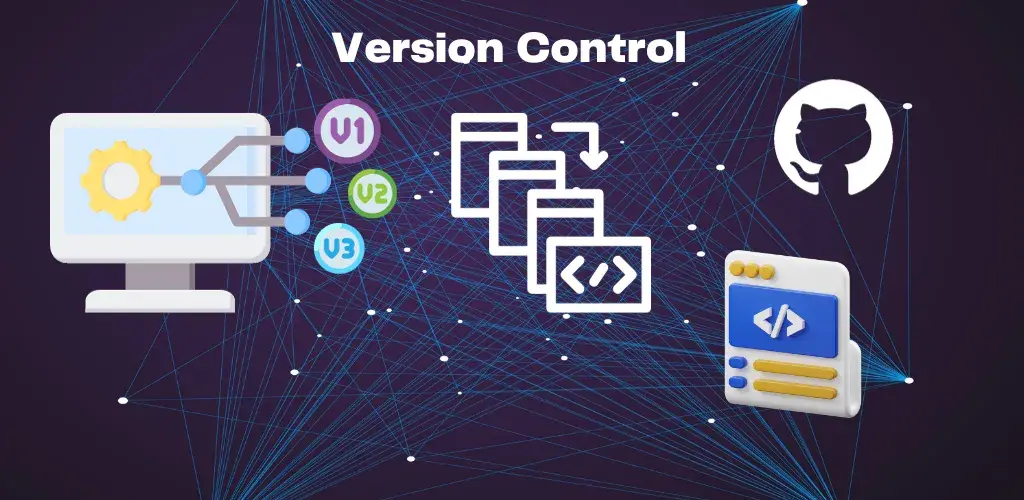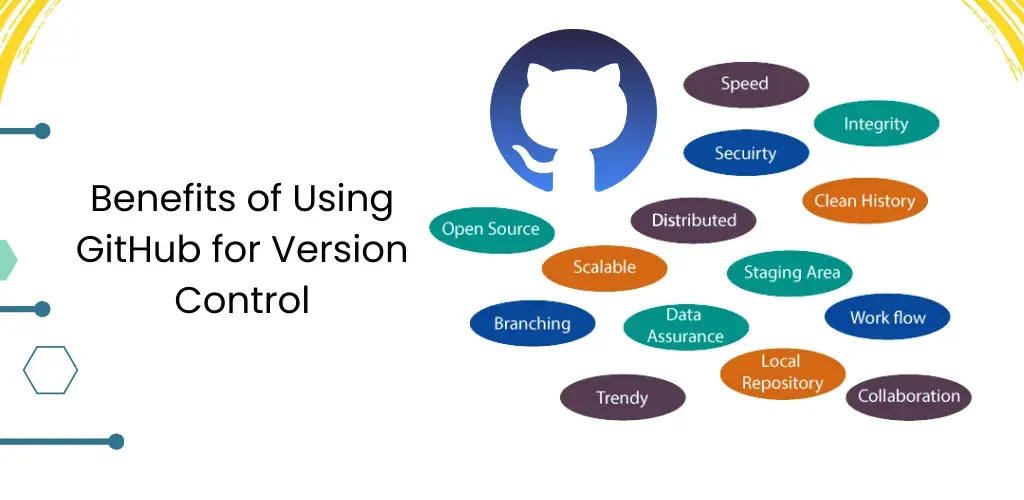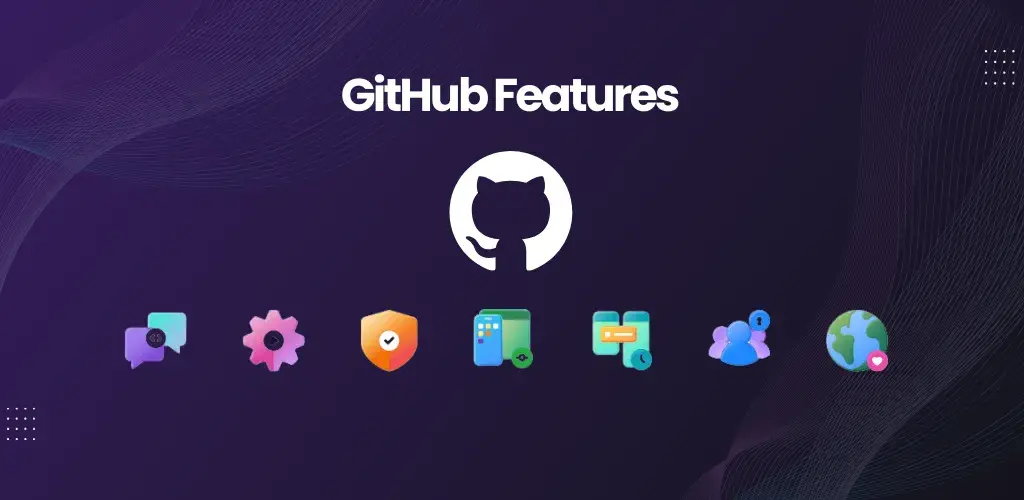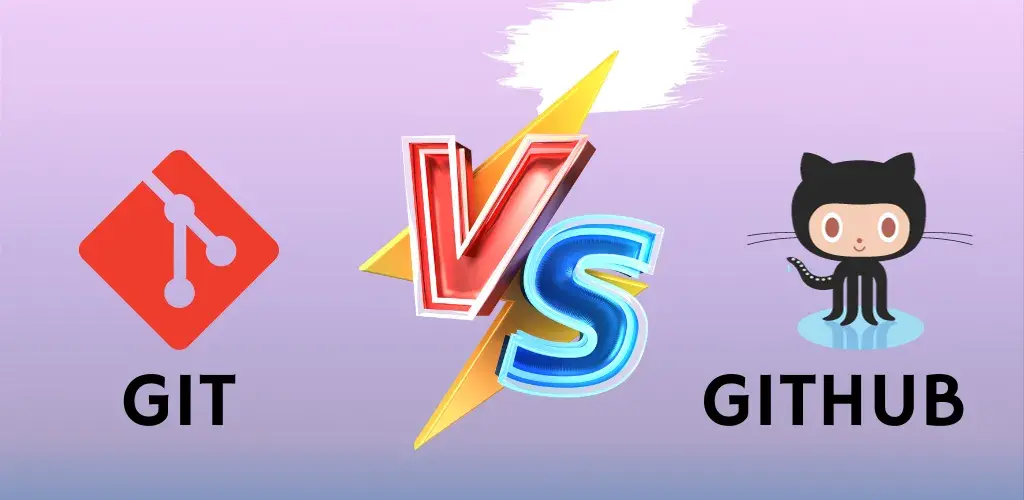In the fast-paced world of software development, keeping track of changes, coordinating efforts, and ensuring the reliability of code is paramount. This is where version control systems play a pivotal role. Among the multitude of tools available for version control, GitHub stands out as a versatile, user-friendly, and powerful platform. In this comprehensive article, we will explore the world of version control, delve into what GitHub is, and take a closer look at its features and advanced capabilities.
What is Version Control?

Version control is a fundamental concept in software development. It is the practice of tracking and managing changes to software code. This is done through a systematic and organized approach to recording every modification made to the codebase. Version control systems enable developers to collaborate seamlessly and keep track of different versions of a project over time.
Why is Version Control Important?
Version control provides several significant advantages for software development:
- Collaboration: It allows multiple developers to work on the same project simultaneously without conflicts, as changes can be merged systematically.
- History Tracking: Developers can review past changes, see who made them, and understand the reasons behind those modifications. This is invaluable for debugging and auditing.
- Branching and Isolation: Developers can create branches to work on specific features or bug fixes independently, without affecting the main codebase.
- Revert and Recovery: In case of errors or unwanted changes, version control systems provide a mechanism to revert to a previous state.
- Code Stability: By having a version-controlled codebase, developers can ensure code stability and reliability.
What is GitHub?
GitHub, often regarded as the social platform for programmers, is a web-based platform built on top of the Git version control system. It offers a wide range of tools and features designed to streamline collaboration among developers and facilitate the development of software. GitHub is particularly famous for hosting open-source projects and serving as a hub for sharing, reviewing, and contributing to various codebases.
Benefits of Using GitHub for Version Control

GitHub has gained immense popularity in the software development community, and for good reason. Let’s explore some of the key benefits of using GitHub for version control.
1. Collaboration
GitHub provides a platform for teams to work collaboratively, regardless of their physical location. Developers can work on the same project from different parts of the world, thanks to its cloud-based infrastructure. This is particularly valuable in today’s globalized world where distributed teams are common.
2. Code Review
One of GitHub’s standout features is its built-in code review system. Developers can easily review each other’s code, suggest improvements, and track the progress of these suggestions. This process enhances code quality and maintains coding standards within a team.
3. Open Source
GitHub is home to countless open-source projects. It is a hub for the open-source community, allowing developers to contribute to projects they care about, share their work with others, and learn from the collective wisdom of the community.
4. Integration with CI/CD
Continuous Integration and Continuous Deployment (CI/CD) have become integral to modern software development. GitHub seamlessly integrates with popular CI/CD tools, enabling automated testing and deployment. This ensures that software remains in a working state at all times.
5. Agile and Scrum Support
GitHub is a versatile platform that supports Agile and Scrum methodologies. It offers tools for project management, such as boards, milestones, and issues, which help teams plan, track progress, and prioritize work in accordance with Agile principles.
GitHub Basics
To harness the power of GitHub for version control, you need to understand the fundamental concepts and operations.
Creating a GitHub Account
Before you can use GitHub, you need to create an account. Visit the GitHub Signup page and follow the steps to create your account. It’s a straightforward process that requires an email address, a username, and a password.
Creating a GitHub Repository
A repository, or “repo” for short, is the core element in GitHub. It’s where your code and project files are stored. To create a new repository:
- Log in to your GitHub account.
- Click on the “+” sign in the upper-right corner and select “New repository.”
- Fill in the repository name, description, and other settings.
- Choose between a public or private repository.
- Click “Create repository.”
Your repository is now ready to use.
Cloning a GitHub Repository
Cloning a repository means creating a local copy of it on your computer. This allows you to work on the code, make changes, and then push those changes back to the remote repository on GitHub. To clone a repository:
- Go to the repository you want to clone on GitHub.
- Click the “Code” button, and copy the URL.
- Open your command line or Git client and run git clone [repository URL].
Now you have a local copy of the repository.
Pushing and Pulling Changes to a GitHub Repository
Once you have made changes to your code locally, you can push those changes to the GitHub repository to share them with your team. Use the following Git commands:
- git add .: Stage the changes you want to commit.
- git commit -m “Your commit message”: Commit the changes with a descriptive message.
- git push: Push the changes to the remote repository on GitHub.
To get the latest changes from the remote repository to your local copy, use git pull.
Creating Branches and Pull Requests
Branches are a key feature in version control. They allow developers to work on different features or bug fixes in isolation. To create a branch:
- git checkout -b [branch-name]: Create and switch to a new branch.
Once your work on a branch is complete, you can create a pull request to merge your changes into the main branch. Pull requests provide a mechanism for code review and discussion before changes are merged.
GitHub Features

GitHub offers a rich set of features that enhance the development process and team collaboration.
Issues
Issues are a way to track tasks, enhancements, bugs, or any other type of work in a repository. They provide a structured way to manage and prioritize work within a project. Issues can be created, assigned to team members, and labeled for easy categorization.
Labels
Labels are used to categorize issues or pull requests. They make it easy to identify the type, priority, or status of a task. For example, you can use labels like “bug,” “feature,” “in progress,” or “help wanted” to quickly understand the nature of an issue.
Milestones
Milestones help in planning and tracking the progress of a project. They group related issues and pull requests together, providing a higher-level view of project development. For instance, you can set a milestone for a specific release or a sprint in Agile development.
Tasks
Tasks, often referred to as checklists, are a simple but effective way to manage work within an issue or pull request. You can create a checklist of items that need to be completed and mark them off as you make progress.
Documentation
GitHub is not limited to code; it’s also a great platform for documentation. You can create and host documentation for your projects within your repositories. Markdown, a lightweight markup language, is commonly used for this purpose. GitHub Pages is another feature for hosting static websites directly from your repository.
Knowledge Base
GitHub’s wiki feature allows you to build a knowledge base or documentation repository alongside your code. It’s a valuable resource for sharing information about your project, from installation instructions to usage guidelines.
Troubleshooting Common GitHub Problems
While GitHub is a powerful platform, users may encounter common issues. These can include merge conflicts, access problems, or syncing errors. To troubleshoot these problems, you can refer to GitHub’s official Troubleshooting Guide.
Using GitHub for Different Types of Projects
GitHub is versatile and can be applied to various types of projects, such as web development, mobile app development, or data science. Let’s explore some examples:
- Web Development: For web projects, GitHub can host both the front-end and back-end code. Developers can collaborate on the HTML, CSS, JavaScript, and server-side code while using issues to track feature development and bug fixes.
- Mobile App Development: GitHub can be used to manage mobile app development projects. For example, a team working on an Android app can use GitHub to host the source code, track issues, and manage releases.
- Data Science: Data science projects often involve code, data, and documentation. GitHub is ideal for maintaining Jupyter notebooks, Python scripts, datasets, and explanatory documentation. This makes it easy for data scientists to collaborate and share their findings.
A Brief History of Git and GitHub

To truly appreciate GitHub, it’s important to understand the history of Git and GitHub.
The Birth of Git
Git was created by Linus Torvalds in 2005. He developed Git to address the shortcomings of existing version control systems. Git is known for its speed and distributed architecture, making it the ideal choice for both small and large projects.
GitHub Emerges
GitHub was founded in 2008 by Tom Preston-Werner, Chris Wanstrath, and PJ Hyett. It was built on top of Git and quickly became the world’s leading platform for hosting and collaborating on software projects. It introduced social coding and changed the way developers collaborate.
Types of Git Repositories
GitHub supports several types of repositories:
- Public Repositories: These are openly accessible by anyone. Public repositories are often used for open-source projects or for code that is meant to be shared with the world.
- Private Repositories: Private repositories are accessible only to authorized users. They are commonly used for proprietary code, internal projects, or for collaborating with a select group of people.
- Forked Repositories: A fork is a copy of a repository that allows you to freely experiment with changes without affecting the original project. You can then submit pull requests to contribute your changes back to the original repository.
GitHub and Other Tools
The GitHub seamlessly integrates with a wide range of tools and services:
- Continuous Integration (CI): GitHub Actions, the built-in CI/CD solution, allows you to automate the testing and deployment of your code. It supports a variety of CI tools such as Travis CI, CircleCI, and Jenkins.
- Continuous Deployment (CD): You can use GitHub Actions to create workflows for continuous deployment, or integrate with CD services like Heroku or Netlify.
- Third-Party Apps: GitHub Marketplace offers a plethora of third-party apps that can enhance your workflow, from project management tools to code quality analyzers.
Best Practices for Using GitHub and Git
To make the most of GitHub and Git, follow these best practices:
- Use Descriptive Commit Messages: Write clear and concise commit messages to help team members understand the purpose of each change.
- Branch Naming Conventions: Establish a branch naming convention to make it easier to identify the purpose of a branch.
- Regular Pull Requests: Encourage regular code reviews by creating small, focused pull requests. Avoid large, monolithic requests.
- Automate Testing: Leverage CI/CD tools to automate testing and deployments. Ensure code quality with each commit.
- Documentation is Key: Maintain documentation alongside your code. Use README files to explain how to set up and use the project.
- Security Best Practices: Be vigilant about security. Use vulnerability scanning tools and keep dependencies up to date.
Read also: Web Development Definition And Types You Need To Know
Conclusion
GitHub has transformed the landscape of software development by providing an efficient and collaborative platform for version control. Its rich features and integration with modern development practices like Agile, CI/CD, and DevOps make it an invaluable tool for both individuals and teams. By understanding the basics of GitHub and exploring its advanced capabilities, developers can harness the power of version control to streamline their workflow and create high-quality software. Whether you are a seasoned developer or just starting your journey, GitHub is a platform that can significantly enhance your coding experience.
In a world where open source, cloud computing, and collaboration tools reign supreme, GitHub stands as a shining example of how technology can empower software development and foster innovation. By embracing the capabilities of GitHub, developers can propel their projects to new heights, making contributions that have the potential to impact the software world at large. GitHub’s history, diverse repository types, and integration with various tools make it a formidable asset in the world of software development. Moreover, by adhering to best practices, developers can ensure that their use of GitHub is as efficient and effective as possible, paving the way for successful and collaborative projects.

